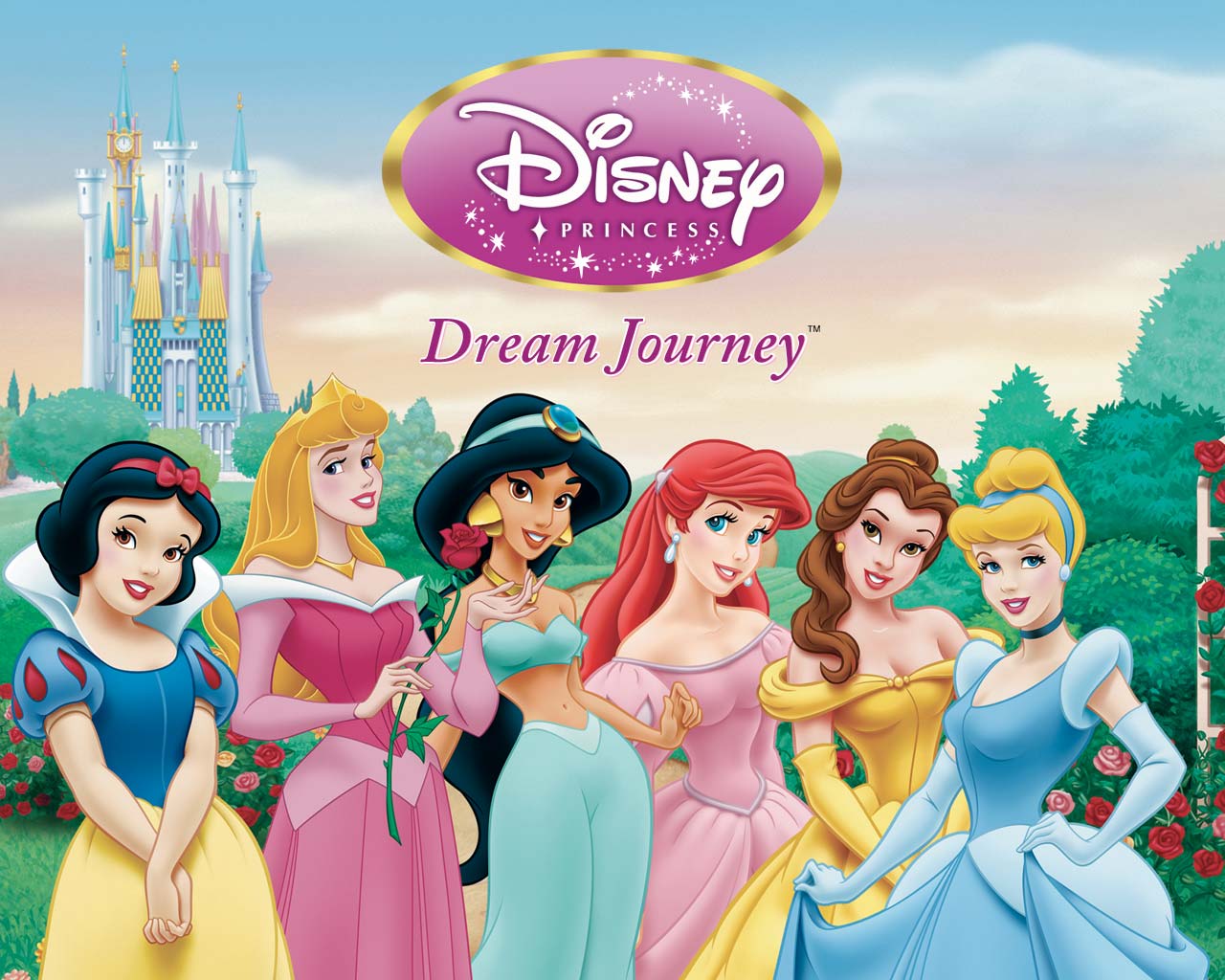The animated Disney princess
is viewed as an idol to young girls worldwide.
However, these classic films we grew up with aren’t necessarily sending
an appropriate message to children. In
these films, the female character is typically dependent, helpless, and her abilities
are overlooked in comparison to her appearance.
Princesses like Cinderella, Snow White, Aurora, Belle, and Ariel, to name
a few, are beautiful, graceful, obedient, available, and voluptuous; making them
valuable to their prince. The prince is
the only hero who accomplishes a virtually impossible task to save the damsel
in distress. But then what? The princess falls immediately in love with
the strong, independent man and they all live happily ever after. This “happy ending” gives children a false
view on life. Today, women can be
successful without a prince charming, they don’t have to wear form fitting
dresses that show off cleavage and other assets to attract a man, and they are
valuable beyond looks alone. These
animated Disney films have the ability to influence young girls in their
childhood into believing that beauty is everything and the only way to find true
love.

The 1937 film entitled Snow White and the Seven Dwarfs focuses
on the heroine, Snow White, who is pretty, virginal, easily influenced, weak, and
motherly. In the opening scene, the evil
queen looks into the magic mirror and asks, “Mirror, mirror on the wall who’s the
fairest of them all?” This famous line
proves beauty is the ultimate goal for female characters; which reinforces the
claim that women in Disney animated films are only valuable to others if they
have beauty and sex appeal. Furthermore,
when Snow White runs away to the little, dirty house and befriends the dwarfs,
she takes care of them because of her motherly, feminine instinct. I found it interesting and almost ironic that
Snow White instantly considered the dwarfs as friends because they weren’t
tall, strong, and handsome. Toward the
end of the movie, the obedient Snow White eats the apple the evil queen gives
her and is put into a deep sleep. She
can only be saved if her prince breaks the spell by kissing her. Women in these films always seem to be
dependent on their handsome princes.
They never have the option of saving themselves or even outsmarting the
antagonist in the first place because they don’t have that capability. Only handsome princes do.

In the 1991 film Beauty and the Beast, Belle, the Disney
princess, is slightly more independent than the other princesses. She enjoys reading; she longs for change and
adventure; and she chooses not to marry the hunky Gaston. It seems as though she could be a role model
to young girls, however, when she searches for her father and winds up in a
run-down mansion, she becomes trapped by the beast. The beast terrifies the household and his
prisoner, Belle. He doesn’t officially
attack her, but the threat of physical abuse is present. Belle ends up changing the beast into a
gentle, polite, and kind-hearted man because of her sweet-nature and
beauty. She didn’t fall in love with him
based on physical attraction, but in the end the beast magically changes into a
handsome man giving her the best of both worlds. This movie sends a dangerous message to young
girls. The story line in this film essentially
glorifies an abusive relationship. She
dances with the beast in a glamorous, gold gown; the enchanted household items
insist that she can change him; and they live in a mansion and are both
physically attracted to each other after the spell is broken. Belle’s unconditional kind, feminine behavior
and the glitzy surroundings enable her to dismiss the rage the beast has toward
other people. Women should be able to
leave and not feel trapped if they’re being mentally abused by their
significant other.

In Disney’s 1989 film The Little Mermaid, Ariel longs to “live
out of these waters…” The only way she
can change from being a mermaid to a human is by giving away her voice to the
evil, unattractive Ursula. She easily
gave away her voice without much thought.
The choice that Ariel made makes her appear to be careless,
unintelligent, and easily influenced by outside forces. She gives up her family and friends under the
sea for romance with her Prince Eric on land.
Women shouldn’t give up everything they value for a man, but Disney
makes it seem acceptable to do so. In
addition, Ariel is viewed as beautiful and sexually attractive. She wears two shells on her rather large
breasts, has a small waistline, and has hips (even when she has a fin and
scales covering them). Ariel’s attire
underwater might be too provocative for young girls to see and idolize. The thin, hourglass figure is the body type
that all Disney princesses have. This
enables children to believe that this shape is ideal for women.

In conclusion, these
Disney princesses shouldn’t necessarily be considered role models for young
children. Women in these films are wrapped
up in beauty, fashion, and grace not their capabilities and goals besides being
a married woman one day. When little
girls view these classic movies, they quite possibly could get the impression
that everything comes easy to beautiful, thin women. Peggy Orenstein, the author of Cinderella Ate My Daughter: Dispatches from the Front Line of Today’s New Girlie-Girl Culture, states that "The hyper-feminine image of a princess in today's world affects our understanding of relationships and gender roles..." Society needs to be more aware of the messages these animated Disney films are possibly sending to children.
Publication Data
ORENSTEIN, PEGGY. "What’s Wrong With Cinderella?" The New York Times. The
New York Times, 24 Dec. 2006. Web. 20 Feb. 2012.
http://www.nytimes.com/2006/12/24/magazine/24princess.t.html?pagewanted=all.
Maio, Kathy. "Women, Race & Culture in Disney's Movies." Women, Race and
Culture in Disney Movies. 19 June 1999. Web. 20 Feb. 2012.
http://www.newint.org/easier-english/Disney/diswomen.html.
Images


